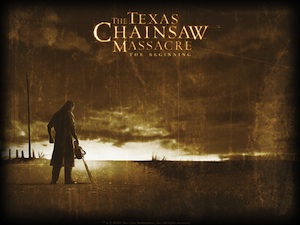Bee Wilson, author of Consider the Fork, on how historical changes in the ways we cook and eat have dramatically altered public health—and our teeth:
Until around 250 years ago in the West, archaeological evidence suggests that most human beings had an edge-to-edge bite, similar to apes. In other words, our teeth were aligned liked a guillotine, with the top layer clashing against the bottom layer. Then, quite suddenly, this alignment of the jaw changed: We developed an overbite, which is still normal today. The top layer of teeth fits over the bottom layer like a lid on a box.
This change is far too recent for any evolutionary explanation. Rather, it seems to be a question of usage. An American anthropologist, C. Loring Brace, put forward the thesis that the overbite results from the way we use cutlery, from childhood onwards.
What changed 250 years ago was the adoption of the knife and fork, which meant that we were cutting chewy food into small morsels before eating it. Previously, when eating something chewy such as meat, crusty bread or hard cheese, it would have been clamped between the jaws, then sliced with a knife or ripped with a hand — a style of eating Professor Brace has called “stuff-and-cut.”
The clincher is that the change is seen 900 years earlier in China, the reason being chopsticks.
As with any such thesis, we will probably never have definitive proof that the overbite results from the adoption of the fork, but it does seem the best fit with the evidence.















